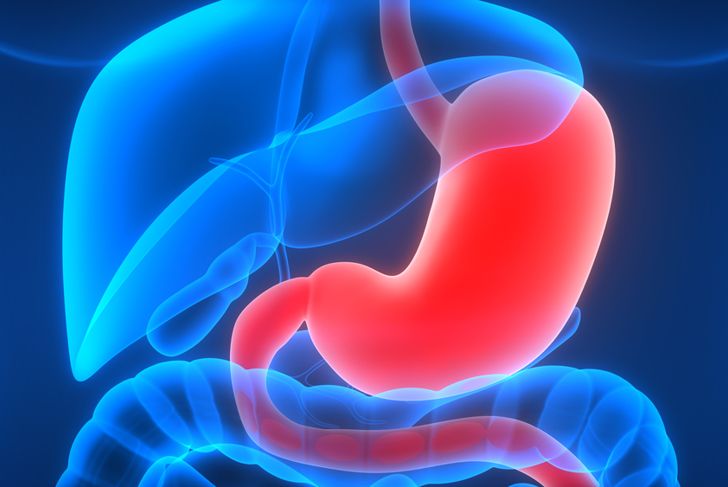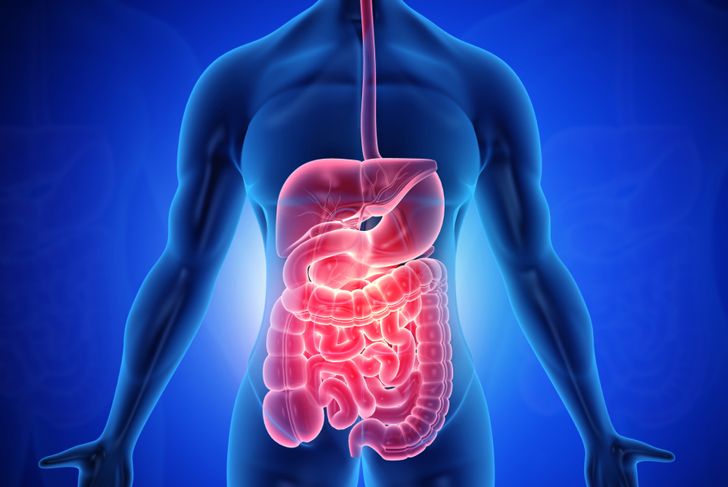Doctors once considered GIST or gastrointestinal stromal tumors rare but now believe them to be much more common. Studies show that, in Europe, GISTs occur in about 14 to 20 people per million, but researchers believe this estimate may be low. Gastrointestinal stromal tumors are usually genetic but not always, and treatment and prognosis largely depend on the location and size of the tumor.
Interstitial Cells of Cajal
Gastrointestinal stromal tumors are usually found in the stomach and small intestine, though they can develop anywhere along the GI tract. Researchers believe that GISTs form from specialized cells called interstitial cells of Cajal. They promote normal functioning in the gut, helping the body absorb nutrients and move food through the gastric system. Abnormalities, however, can cause many gastrointestinal disorders as well as GISTs.
Tumor Characteristics
Gastrointestinal stromal tumors are not always cancerous, but when they are malignant, they are commonly classified as soft tissue sarcomas. Most GISTs are localized and less than 2 inches in size. Those that appear in the small intestine may be larger and are more likely to spread to other organs. Of those that do, many take a long time to spread. In one case, the primary tumor took 42 years to metastasize to the liver.
Genetic Causes
Most cases of gastrointestinal stromal tumors are due to genetic mutation in two genes: KIT and PDGFRA, both of which play a role in stimulating signals inside the cells that control cell growth, division, and more. The mutation essentially increases the risk of uncontrolled cell growth.
Inherited vs. Non-inherited
Gastrointestinal stromal tumors can be inherited or non-inherited. The same genes are involved in both types, but in the non-inherited form, the mutation occurs sporadically. People with the non-inherited form often have a single tumor, whereas those with an inherited form are likely to have multiple GISTs and more symptoms.
Symptoms
Small gastrointestinal stromal tumors may have no symptoms. When people with GISTs have symptoms, they commonly experience ulcer-like pain, as well as abdominal swelling, vomiting, nausea, poor appetite, and weight loss. If GISTs begin to bleed, they can cause anemia, tiredness, weakness, and, depending on the location, black or tarry stools or vomiting blood.
Population and Prevalence
Each year in the United States, about 5,000 cases of gastrointestinal stromal tumors are diagnosed. The actual occurrence is likely higher than this, as small tumors are not always diagnosed, especially if they are asymptomatic. GISTs are more common in adults over 60, rare under 40, and extremely rare under 21. The condition affects males slightly more than females.
Diagnosis
Doctors use many tests to diagnose gastrointestinal stromal tumors. A CT scan with contrast dye enhances the imaging of the stomach and small intestine, showing the location and size of the tumor. Another diagnostic test is an upper endoscopy, where the doctor uses a scope with a camera to look at the lining of the esophagus, stomach, and small intestine. If a tumor is present, a fine-needle aspiration collects a sample for analysis.
Surgical Treatment
The most common surgical treatment for medium-sized gastrointestinal stromal tumors with clear margins is wedge resection. In this procedure, the surgeon removes the part of the GI tract with the tumor. Depending on the size of the tumor, this procedure can be laparoscopic — which is minimally invasive — or open surgery. For cases with large or multiple tumors, the surgeon may need to remove the entire bowel.
Other Treatment
Not all gastrointestinal stromal tumors are operable. For tumors that are too large to remove or have spread throughout the body, cancer treatment is the primary intervention. The character of GISTs varies from small, harmless growths to life-threatening soft-tissue cancers, and doctors consider the genetic variants when choosing the medication to treat the tumor.
Prognosis
The factors determining the prognosis for gastrointestinal stromal tumors are tumor size, location, and rate of growth. Tumors less than 2 inches with slow growth have a good prognosis and rarely metastasize. GISTs in the small intestine are more likely to spread than those in the stomach.

 Home
Home Health
Health Diet & Nutrition
Diet & Nutrition Living Well
Living Well More
More




















